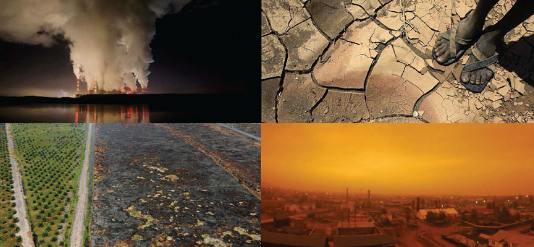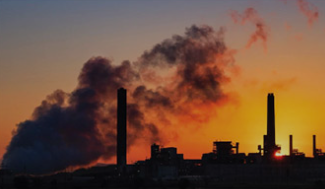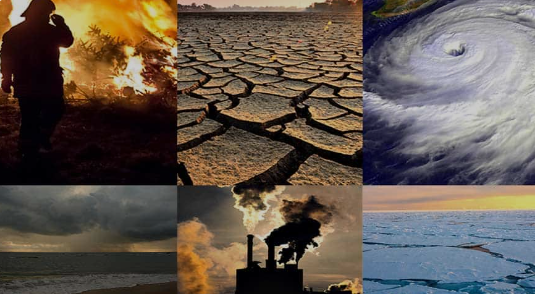In February 2000, Paul Crutzen addressed the International Geosphere-Biosphere Programme in Mexico, capturing the attention of many. As one of the world’s most widely cited scientists and a Nobel laureate renowned for addressing colossal issues like the ozone hole and the repercussions of a nuclear winter, his words held significant weight.
It’s no surprise that a term he spontaneously coined gained traction and widespread recognition: the Anthropocene. This concept proposed a novel geological epoch, symbolizing a planet profoundly altered by the impact of industrialized human activities.

The notion of an entirely new geological epoch shaped by human influence serves as a somber backdrop for the ongoing UN climate summit, COP28. The decisions made at gatherings like these will reverberate not only beyond our lifetimes and those of our children but potentially extend beyond the existence of human society as we currently understand it.
As for climate change itself, the alarm bells were sounding, albeit faintly. Global mean surface temperatures had increased by approximately half a degree since the mid-20th century, still considered within the norm for an interglacial phase of the ice ages. Climate issues seemed distant, one for the future.

Fast forward just over two decades, and the future has caught up with us. By 2022, global temperatures had risen another half a degree, with the past nine years ranking as the hottest on record. The year 2023 witnessed not just broken but shattered climate records.
By September, there were already 38 days when global average temperatures exceeded pre-industrial levels by 1.5°C, the safety threshold set by the UN Convention on Climate Change (UNFCCC) in the Paris agreement. This milestone was rare in previous years, and before 2000, it had never been recorded.

This surge in temperatures can be attributed, in part, to the relentless increase in greenhouse gases, primarily from the dominance of fossil fuels in human energy consumption. When Crutzen spoke in Mexico, atmospheric carbon dioxide levels were around 370 parts per million (ppm), up from the pre-industrial 280 ppm. Today, they hover around 420 ppm, climbing at a rate of approximately 2 ppm per year.

Additionally, the recent warming is influenced by clearer skies resulting from new regulations phasing out old power stations and dirty fuels. As industrial haze dissipates, more solar energy reaches the land, intensifying global warming. The shrinking of heat-reflecting mirrors, as seen in melting sea ice in the Arctic and Antarctic, also contributes to the escalation.
Climate feedbacks are coming into play, with a sharp rise in atmospheric methane since 2006 linked to increased vegetation decay in tropical wetlands in a warming world.
This latest warming thrust has propelled the Earth into levels of climate warmth not experienced for approximately 120,000 years, akin to the last interglacial phase, slightly warmer than the present one. More warming is expected in the coming centuries as various feedback mechanisms take effect.

Recent studies on Antarctica’s ice suggest that policymakers should brace for several meters of sea-level rise over the next centuries as the warmth spreads through the oceans, impacting polar ice sheets.
Looking through the lens of the Anthropocene, a geological timescale reveals a disrupted climate pattern that will persist for at least 50,000 years and likely far beyond. The delicate balance that regulated Earth’s warm and cold patterns for millions of years has been abruptly overridden by a century’s worth of injecting a trillion tons of carbon dioxide into the atmosphere.

As the COP meeting unfolds, with strong representation from fossil fuel interests, achieving and stabilizing carbon emissions at “net zero” is deemed a crucial first step. However, to restore a climate optimal for humanity and the thriving of life as a whole, negative emissions are imperative—removing carbon from the atmosphere and oceans and returning it underground. The stakes for future generations are monumental.
